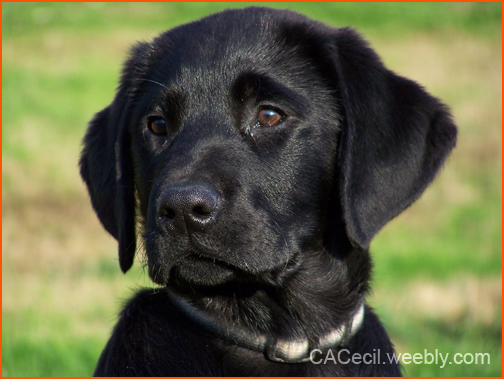Dog and Puppy Development
A quick, fun and informative info graphic to share today. I hope you learn something new!

Puppy Development graphic created by Matt Beswick for Pet365. Click here to view the full post.
A quick, fun and informative info graphic to share today. I hope you learn something new!

Puppy Development graphic created by Matt Beswick for Pet365. Click here to view the full post.
This post is part of the series in response to Dunbar’s 2012 Australian seminars. See index.
Dunbar is big on socialisation, and thinks that breeders should put a lot of effort and attention to socialising their puppies. While breeders will select the best genetic combination, socialisation and training will seek to fix any deficiencies in the genetic package. He thinks many breeders are ‘not doing their job’ and are producing ‘lemon’ puppies. Good breeders, through socialisation, produce puppies that like being handled and like all people.
Puppy buyers need to know that all breeders are not created equal, even if producing pedigree dogs. A pedigree is not a socialisation history, and (to Dunbar) a socialisation history is more important than their pedigree.
Breeders are responsible for training puppies until they are 8 weeks old. They should be selling well-socialised, housetrained, and chew-toy trained puppies. (And if they are, they can charge twice as much for one – Dunbar’s motivator to breeders!) By 8 weeks, the critical period is half over! So breeders really need to be doing something.
A puppy that is exhibiting fearful behaviour at 8 weeks or earlier is problematic. At 8 weeks, a puppy should run up to all people – men, women, and children. Continue reading
Considering that dogs can breed with wolves and produce fertile offspring, they are defined as the same species. Obviously, however, there are huge differences between dogs and wolves. I am currently reading Coppinger and Coppinger’s book, Dogs: A new understanding of canine origin, behavior, and evolution (which I highly recommend), and some of the differences that they point out are:
Clearly, there has been a big change here. Dogs are the same species as wolves (Canis lupus), but are a recognised subspecies. There has been a lot of talk about how dogs eventuated, especially considering these very pronounced differences between wolves and their subspecies.
There seems to be two arguements to how this development took place.
One suggests that humans took wolf cubs, domesticated them and, over successive generations, the wolves became more tame, the humans suggested for more dog-like characteristics, and eventually we ended up with a dog.
Another suggests that some wolves found the human camp sites to be of appeal, and chose to occupy surrounding areas. For these wolves, become less-scared of humans was advantageous (i.e. they got more food from it) and so they were more successful.
These two conflicting ideas (humans domesticating dogs, or dogs domesticating themselves) seem to speak loudly in in texts. Indeed, Coppinger & Coppinger (pg 41) say, “Looking closely at the behaviour of wolves, and understanding the biology of a wild animal, I don’t think there is a ghost of a chance that people tamed and trained wild wolves and turned them into dogs. I think a population (at least one) of wolves domesticated themselves.”
Personally, I don’t understand why the two theories are exclusive. Who is not to say that wolves floated around campsites and became a little more tame, and some of these wolfpups were taken in and raised by humans? How about if wild wolf pups were taken into the camp, had strange abnormalities (not unlike what we see in domesticated dogs) that meant they were unsuccessful as a hunter, and so had to, by necessity, float around the camp?
I think this was probably a joint venture – wolves wanted to be domesticated, and humans decided to domesticate as well. And it’s not inconceivable to think that many populations of wolves and people decided to undertake this venture.
For further reading into this area, have a look at this blog (“Evolution: The Curious Case of Dogs”) and I highly recommend the Coppingers’ book.
Socialisation is one of the most important roles of a new puppy owner. Puppies’ brains develop considerably from 6 weeks-16 weeks of age. During this time, the puppy learns a lot about their world. It is a unique window of time that will impact the puppy for life. Socialisation is the process by which your puppy is exposed to as many facets of life as possible.

Puppies that are well socialised are more secure adults, and more adaptable adults. If nothing else is done, the most important thing a puppy owner can do is expose the puppy to as many things as possible. To be beneficial, these exposures must be positive.
Puppies should be exposed, in a positive or neutral way, to as many things as possible. Negative experiences that occur during the socialisation window can affect a puppy for life. Some recent research suggests that puppies need to be exposed to things several times over the socialisation period.
The below list is also available as a PDF: Puppy Socialisation Checklist Continue reading